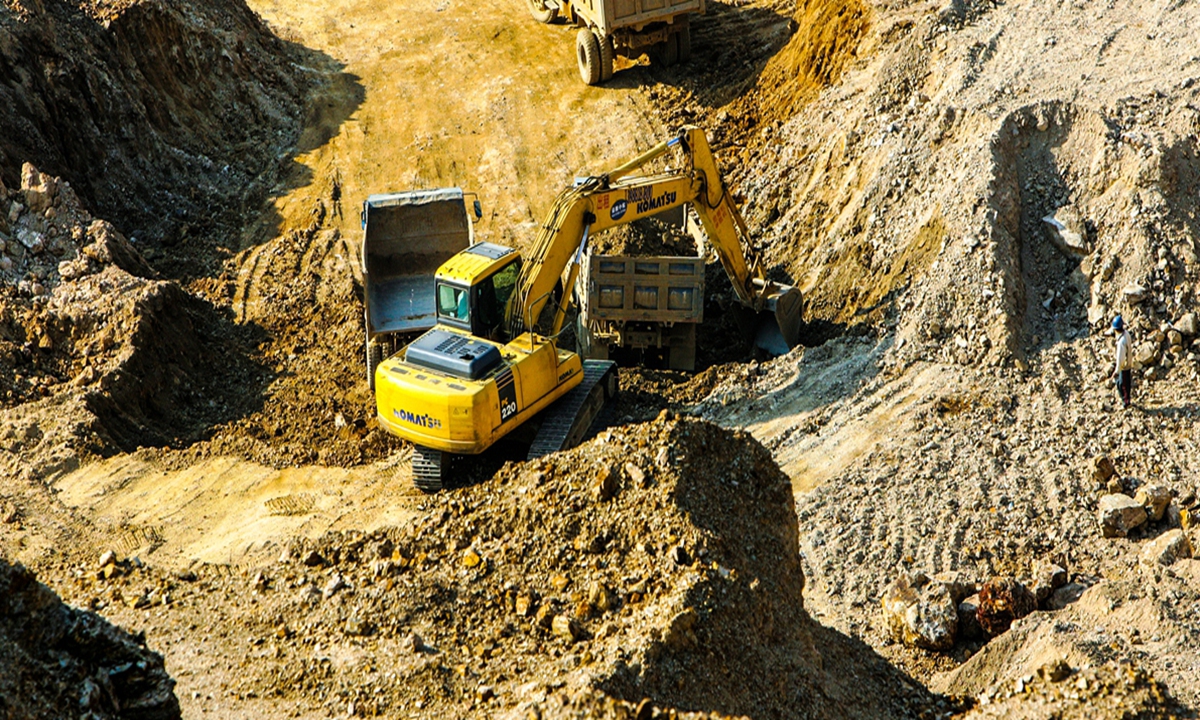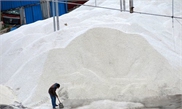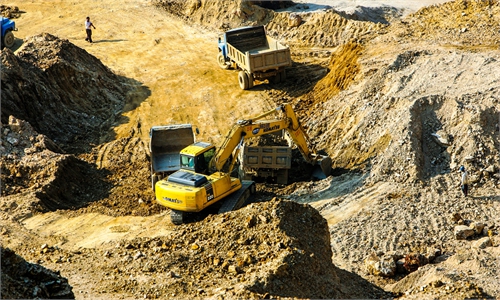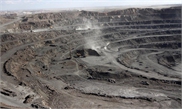
Rare earth Photo: VCG
Western media reports about a potential Chinese restriction on rare-earth exports seem to have bolstered active market performance of some Australian rare-earth producers over recent days. But it is far from certain whether the interest in sourcing the crucial raw materials - that are widely used in producing electronic components for electric vehicles, motors and even advanced weaponry - outside China could sustain and translate into actual additional capacity.Australian rare-earth miner Ionic Rare Earths is set to raise A$12 million($9 million) in new funding from both local and foreign institutional investors to develop its Makuutu Rare Earth Project in Uganda, while Australia-listed Lynas, known as the world's largest non-Chinese producer of rare-earth materials, surged to close with a nearly 12 percent gain on Wednesday.
These days, growing signs have been pointing to a deepening market impression that Australia will likely benefit from the hyped threat of China's dominance of rare-earth supplies by positioning itself as an alternative to China when it comes to securing rare-earth supplies to the US. And such perception is not unfounded. Statistics showed that China accounted for almost 80 percent of the world's rare-earth production, followed by Australia, meaning that the country, one of most loyal allies of the US, has industrial players with capacity to produce the crucial minerals.
With US-China relations at a delicate phase, even though China hasn't imposed any restriction on rare-earth exports, it seems justified for US to guarantee their own supply security of strategic raw materials by pushing its ally to set up an industrial chain independent of China. In early February, Australia-based Lynas just received a new US government funding to build a Texas facility for processing light rare earths, according to media reports.
Meanwhile, it is no secret that Australia has always been seeking to strengthen economic ties with the US. While the US is Australia's biggest source of foreign investment, they don't share close relationship in terms of trade. Under such circumstances, Canberra could see rare earth as a strategic opportunity to secure greater benefit from bilateral trade exchanges.
But there is a premise for all such diversification plans, that is, Australia can build a rare-earth industrial chain that is large enough to support US demand in lieu of Chinese supplies, or they are in for a big disappointment. Given China's dominance in the global rare-earth sector, this type of blue sky thinking is too grandiose to pull off, at least in the short term.
In the long run, great uncertainties lie ahead. China's rare-earth processing technology is the real foundation behind its dominant position in the global market, which comes at the expense of environment pollution which extends back more than a decade. It is doubtful whether Australian producers could be so determined to play catch-up. Moreover, it takes time and heavy investment in building the industrial supply chains, which is incomparable compared with what the US government has so far spent on seeking its rare-earth security. And it is extremely challenging for both the US and Australia to pour large amount of money into an economically unsustainable program over the long term merely on geopolitical grounds.
In this sense, Canberra's desire to use rare earth to promote greater economic cooperation with the US is likely to remain akin to a mirage.



